It is difficult to describe the feelings of doing the stations of the cross where Christ lived them, except now, they are the streets of a Jerusalem rebuilt three times over; yet, when faced with the stone of anointing, and the tomb of Christ, and touching the rock of Calvary, through a small round hole that barely admits my arm under the altar dedicated to the Virgin Mary of Sorrows, the stone on which the cross was set upright, I am overwhelmed.
Titus destroyed Jerusalem in 70 AD, to the ground. The
second temple was burned and destroyed. In 130 AD the Roman emperor, Hadrian,
erected a temple to the god Jupiter at the site of a cave containing a rock-cut
tomb. In 312, Constantine sent his mother, St. Helena to Jerusalem to look for
Christ’s tomb. She identified the tomb as that of Jesus. It was marked by crosses
cut in the stone. She also identified the site of Golgotha that had been marked
by the Romans who had built a temple to Aphrodite over the site. Both temples
to the Greek gods were deconstructed and churches were built at the respective
sites.
The reason I am being so specific about the timing and
documentation of these locations of the most Holy of sites is simply to
demonstrate the veracity of the claims. There is always a debate of specific
locations; however, when you consider the erection of temples to Greek gods
within one human lifetime at these two sites and the subsequent deconstruction
and reconstruction in the fourth century, at those sites previously marked, I
think the evidence quite strong. Then, you consider the site of the birthplace
of Jesus as having the most consensus amongst the historians and archeologists,
and taken together, the three holiest Christian sites are valid relative to
their location and reality.
If I had to pick one day, I’d have to say the ninth day, the
day of the Church fo the Holy Sepulchre, which is where we ended the stations
of the cross, walking The Via Dolorosa (Way of Sorrows). I felt more prepared than the previous day at the Basilica of the
Nativity, I suppose because of the stations of the cross leading up to it,
whereas at the Nativity, I stood in a fairly short line, and was there in no
time at all, and then it was past, and what I had was a memory of kneeling
before a star in the stone of the ground on which I laid my ring and a cross
and a candle. The stone was smooth and cool, but not as cool as I would have
thought. I barely had time to wonder at the awesome power of that special place
before my time was up.
On the day we climbed to Golgotha, we started in the
courtyard of Pontius Pilate where Jesus was condemned to death: –the place
where the people cried, “Crucify him,” and where the Romans released Barabbas.
I remember seeing what was considered to be the base of the column he was tied
to when he was scourged. It was sitting in a niche at the front of the chapel
off the Basilica of the Nativity, where we held our mass the previous day. It
was dark reddish in color as though stained with blood although I knew it was
only the stain of time and the color of stone after 2000 years. I touched it in
passing. It was cold. I shivered. I imagined the freshly green branches of the
Ziziphus spina Christi twisted into a crown, piercing His scalp down to the
bone, and blood running down. I remembered the scene of Jim Caviezel from The
Passion and knew that it must have been much like that.
As we walked the busy, early morning streets of Jerusalem on
the subsequent stations, we passed vendors and storefronts and bakeries, all
the while dodging other people and cars and tractors passing in the incredibly
narrow streets that seemed more as walkways. The stations took us on an
ascendant path, until we were outside of the Church of the Holy Sepulchre,
where we completed them as the last four stations were within the Church itself.
On entering the Church, the first thing I saw was a giant
slab of rock surrounded by a wooden frame. Peoples of all nations surrounded
it, touching it, kissing it. I saw a beautiful Indian woman in a flowing white
gown with sequins and jewelry and a headdress; another woman with a covered
head and a more muted gown, of another ethnicity, on her knees rubbing a cloth
against it. I heard the whisper of voices in unfamiliar tongues and was struck
by the breadth of humanity all gathered together from all parts of the world in
this place, and all the places we had been visiting.
“What’s that, Rauf?”
“That, doctor,” he said with his Assyrian accent giving the “O” the long vowel sound rather than the short, like in us saying “or,” is the is the rock that Jesus was laid upon to prepare the body for burial.”
I nodded, trying to process that information. I think I said thank-you, feeling like any reply would be weak and somehow subtract from the significance I was filled with.
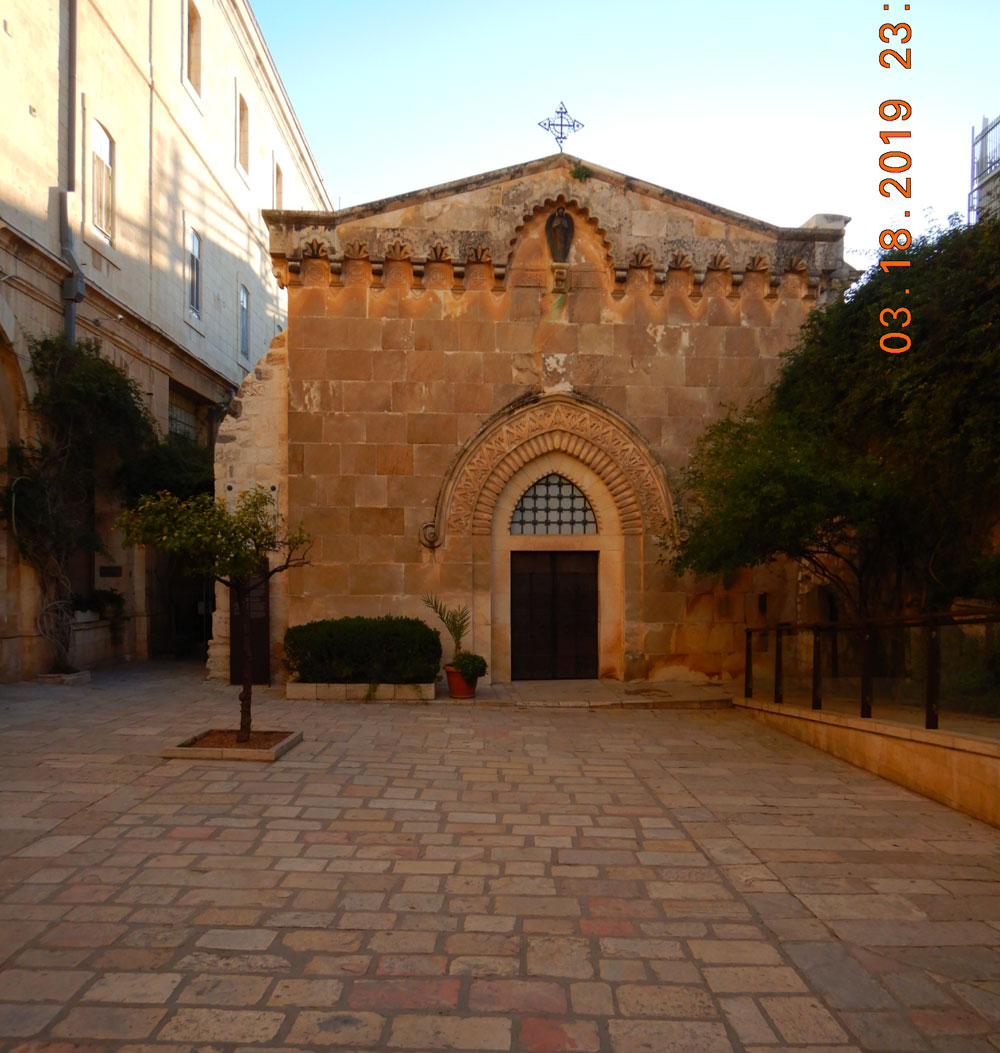
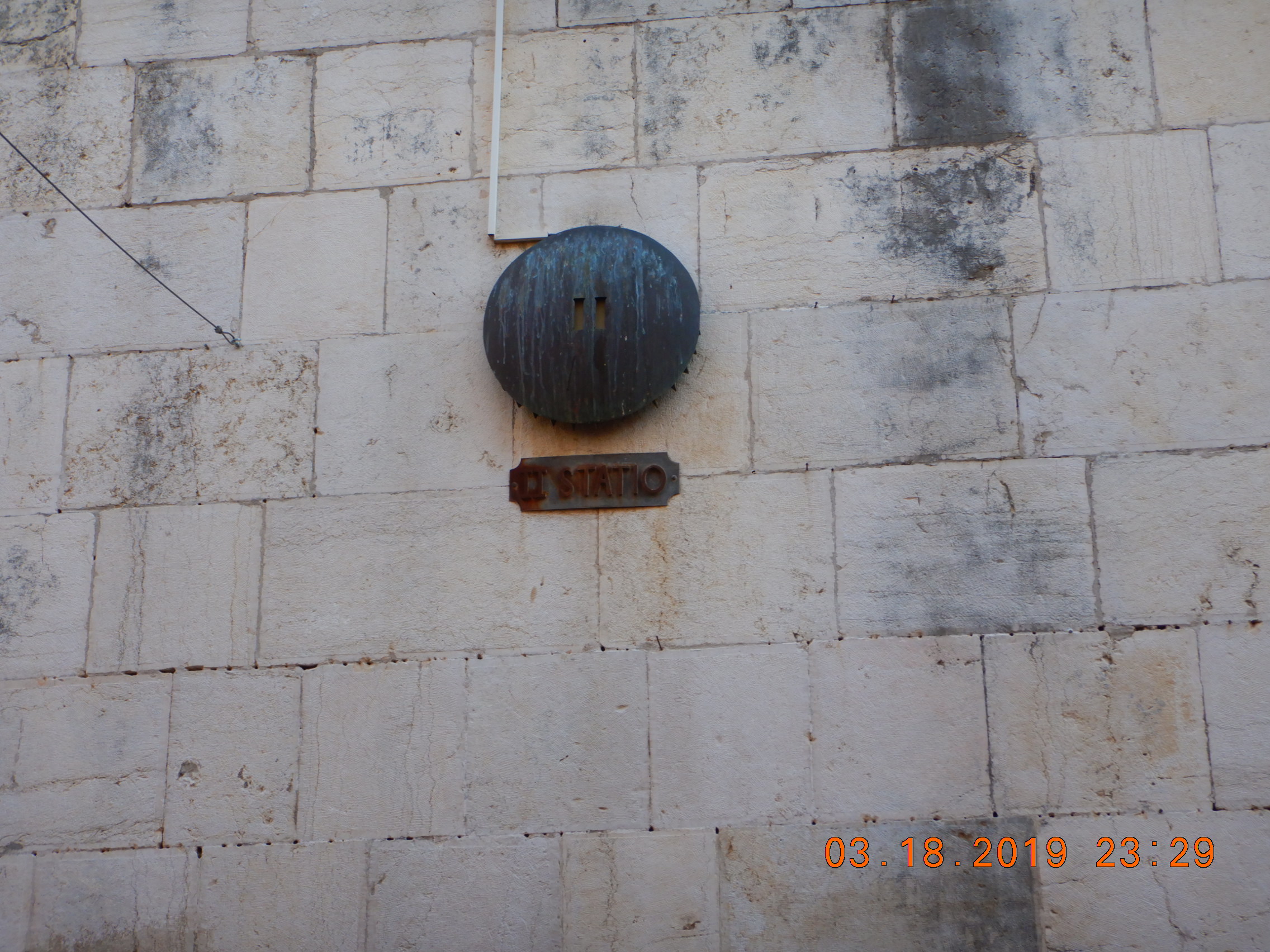
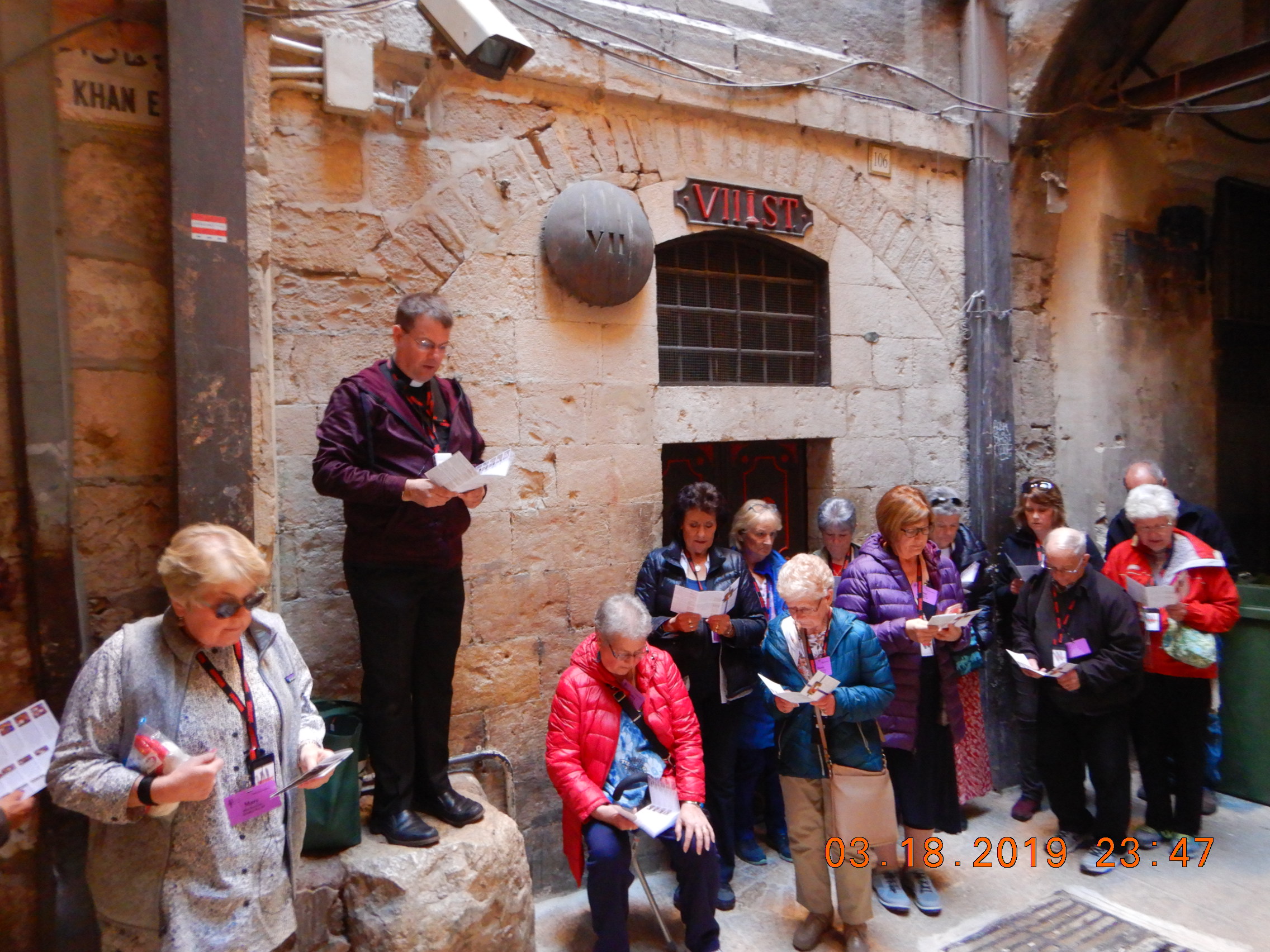
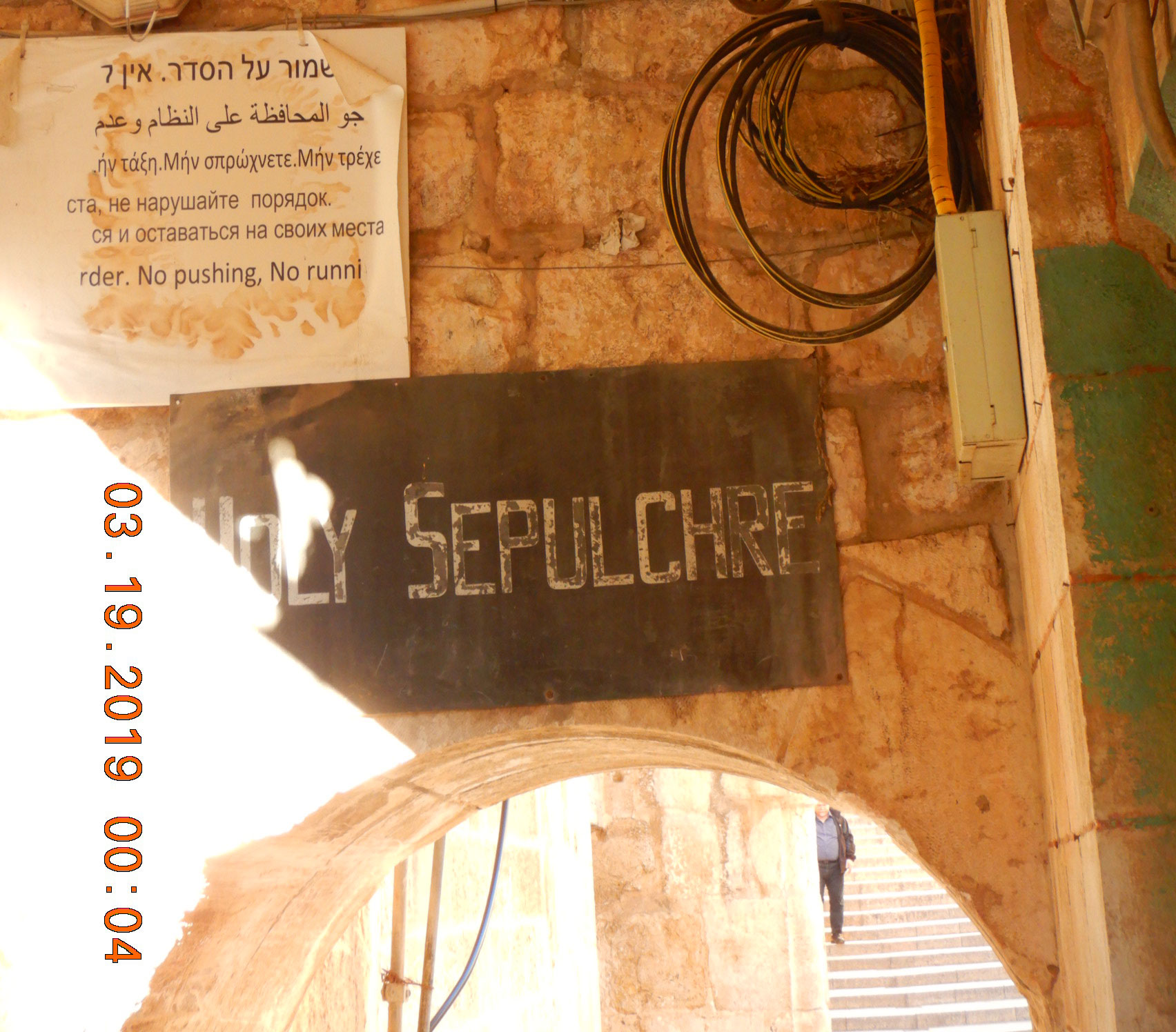
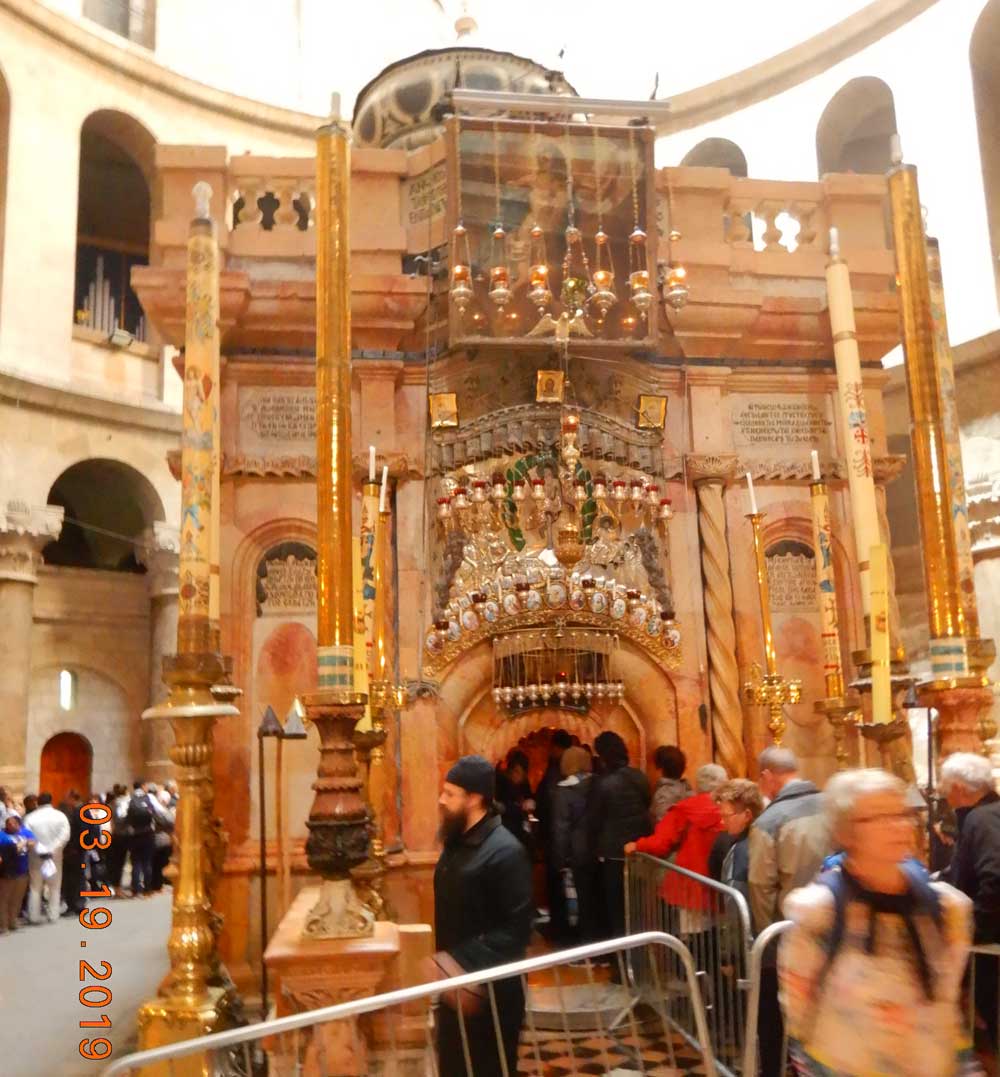
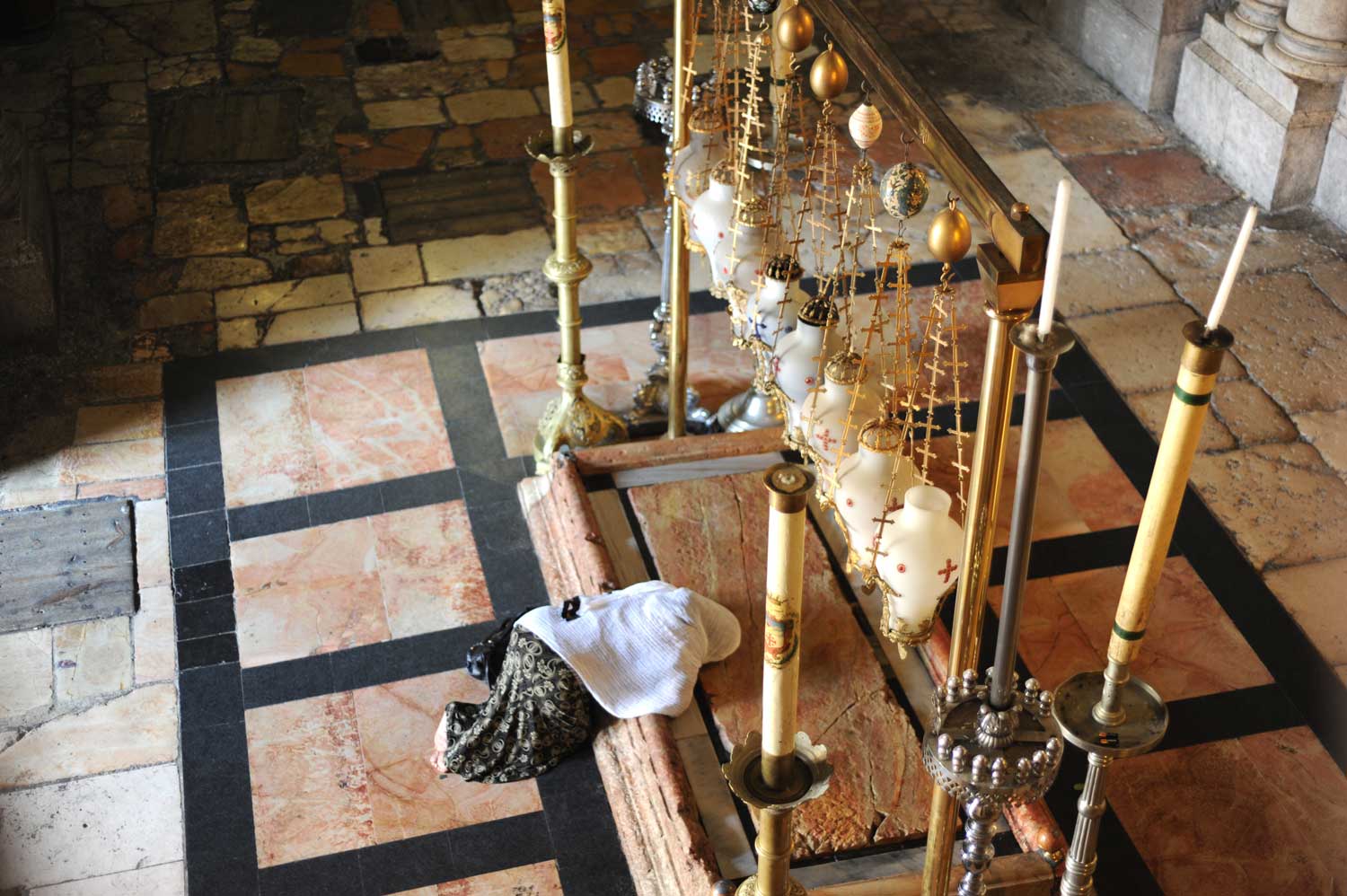
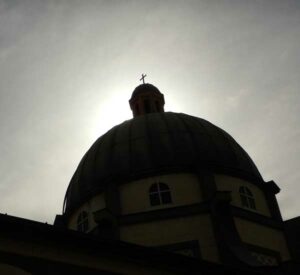
You got some great shots, Shaun. Love the videos, too, because it bring s back not just the sights, but also the sounds.